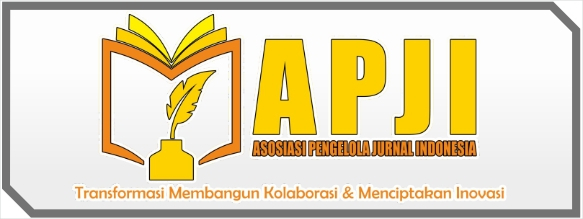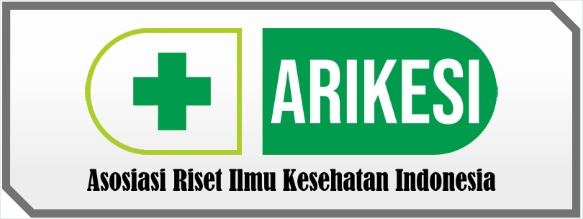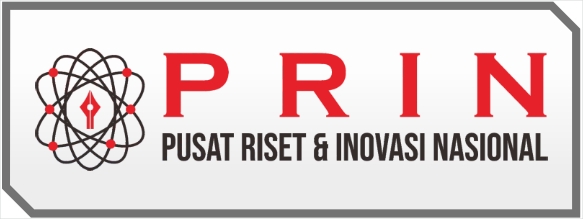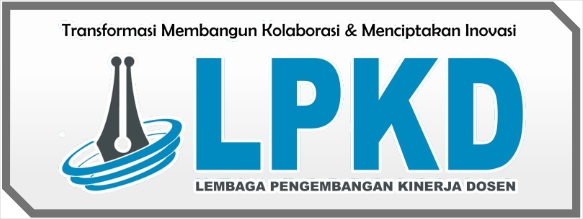Spinal Anestesi Pada Tindakan Transuretral Resection Of Prostat (TURP)
DOI:
https://doi.org/10.55606/jurrike.v3i1.2612Keywords:
Spinal anesthesia, Transurethral Resection of Prostate (TURP), TURP syndromeAbstract
Spinal anesthesia is the choice for Transurethral Resection of Prostate (TURP) procedures. TURP is a surgical procedure performed for patients with prostatic hyperplasia. When a TURP procedure is performed, excessive fluid absorption will occur because during the procedure the injured area causes the vein to open and irrigation fluid will be absorbed. The position of the surgical procedure in the lithotomy position makes the situation worse. Spinal anesthesia helps peripheral blood collection and reduces circulatory overload, early detection of TURP syndrome and bladder perforation. In this case, the procedure was carried out on a 67 year old man with a diagnosis of benign prostate hyperplasia (BPH) with a TURP surgical procedure. The patient was composmentis, ASA III. The patient underwent spinal anesthesia with a sub arachnoid block using Bupivacaine. During TURP procedures, TURP syndrome can occur which is influenced by the use of fluid as irrigation to widen the operator's field of view. Saline fluid should be used, but because it is expensive, H2O is often used as irrigation fluid. A complication of the TURP procedure is TURP syndrome
References
Bhattacharyya, S., Bisai, S., Biswas, H., Tiwary, M. K., Mallik, S., & Saha, S. M. (2015a). Regional anesthesia in transurethral resection of prostate (TURP) surgery: A comparative study between saddle block and subarachnoid block. Saudi Journal of Anaesthesia, 9(3), 268–271. https://doi.org/10.4103/1658-354X.158497
Bhattacharyya, S., Bisai, S., Biswas, H., Tiwary, M. K., Mallik, S., & Saha, S. M. (2015b). Regional anesthesia in transurethral resection of prostate (TURP) surgery: A comparative study between saddle block and subarachnoid block. Saudi Journal of Anaesthesia, 9(3), 268–271. https://doi.org/10.4103/1658-354X.158497
Demirel, I., Ozer, A. B., Bayar, M. K., & Erhan, O. L. (2012). TURP syndrome and severe hyponatremia under general anaesthesia. BMJ Case Reports, 2–5. https://doi.org/10.1136/bcr-2012-006899
Hausman, L. M. (2005). Transurethral Resection of the Prostate. Clinical Cases in Anesthesia: Expert Consult - Online and Print, 205–210. https://doi.org/10.1016/B978-0-443-06624-5.50042-4
Koo, C. H., & Ryu, J. H. (2020). Anesthetic considerations for urologic surgeries. Korean Journal of Anesthesiology, 73(2), 92–102. https://doi.org/10.4097/kja.19437
Said A. Latief, Kartini A. Suryadi, M. R. D. (2001). Petunjuk praktis anestesiologi (2nd ed.). Fakultas Kedokteran Universitas Indonesia. https://lib.ui.ac.id/detail.jsp?id=86047
Subrata, S. A., Kesetyaningsih, T. W., & Yuni Permatasari Istanti, R. (2018). Penyusunan Turp Syndrome Tool Assessment. Muhammadiyah Journal of Nursing, 118. https://media.neliti.com/media/publications/228959-penyusunan-turp-syndrome-tool-assessment-96ca0195.pdf
Winarno, S. et. (2009). Jarum Spinal dan Pengaruh yang Mungkin Terjadi. Jurnal Anestesiologi Indonesia.
Yang, Q., Peters, T. J., Donovan, J. L., Wilt, T. J., & Abrams, P. (2001). Transurethral incision compared with transurethral resection of the prostate for bladder outlet obstruction: a systematic review and meta-analysis of randomized controlled trials. The Journal of Urology, 165(5), 1526–1532.
Buku Teks
Goudra, B. G., & Singh, N. (2010). Transurethral Resection of Prostate (TURP). Essence of Anesthesia Practice E-Book, November, 556. https://doi.org/10.1016/B978-1-4377-1720-4.00485-4
Purnomo, B. B. (2011). Dasar-dasar Urologi (3rd ed.). CV Sagung Seto.
Soenarjo, & HD, J. (2013). Anestesiologi (2nd ed.). FK Universitas Diponegoro.
Sulistia Gan Gunawan. (2009). Farmakologi dan Terapi (5th ed.). Balai Penerbit FKUI.
Surgery, P. (2014). Uroformation. June.
Downloads
Published
How to Cite
Issue
Section
License
Copyright (c) 2024 Atika Fadhilla, Abrar Abrar

This work is licensed under a Creative Commons Attribution-ShareAlike 4.0 International License.
















